Signal Processing: AM Modulation Techniques with MATLAB Analysis
VerifiedAdded on 2023/04/11
|26
|1929
|326
Homework Assignment
AI Summary
This assignment delves into Amplitude Modulation (AM) techniques, specifically Double-Sideband (DSB) and Suppressed-Sideband (SSB) methods, using MATLAB for analysis and implementation. The first part focuses on standard AM, examining modulated waveforms for varying amplitude sensitivities and coherent receiver outputs. It identifies phase reversals and signal recovery characteristics. The second part explores DSB-SC modulation, analyzing its waveforms and coherent receiver output with and without frequency deviations. The third part investigates suppressed-sideband AM, including DSB-SC, USSB, and LSSB modulations, plotting information signals, Hilbert transforms, and amplitude spectra. It also recovers the original signal from LSSB modulation. Finally, the assignment examines the amplitude spectrum of USSB and LSSB signals with frequency variations and demodulates the USSB signal. The MATLAB code is provided for each exercise, along with corresponding plots and analysis.
1 out of 26
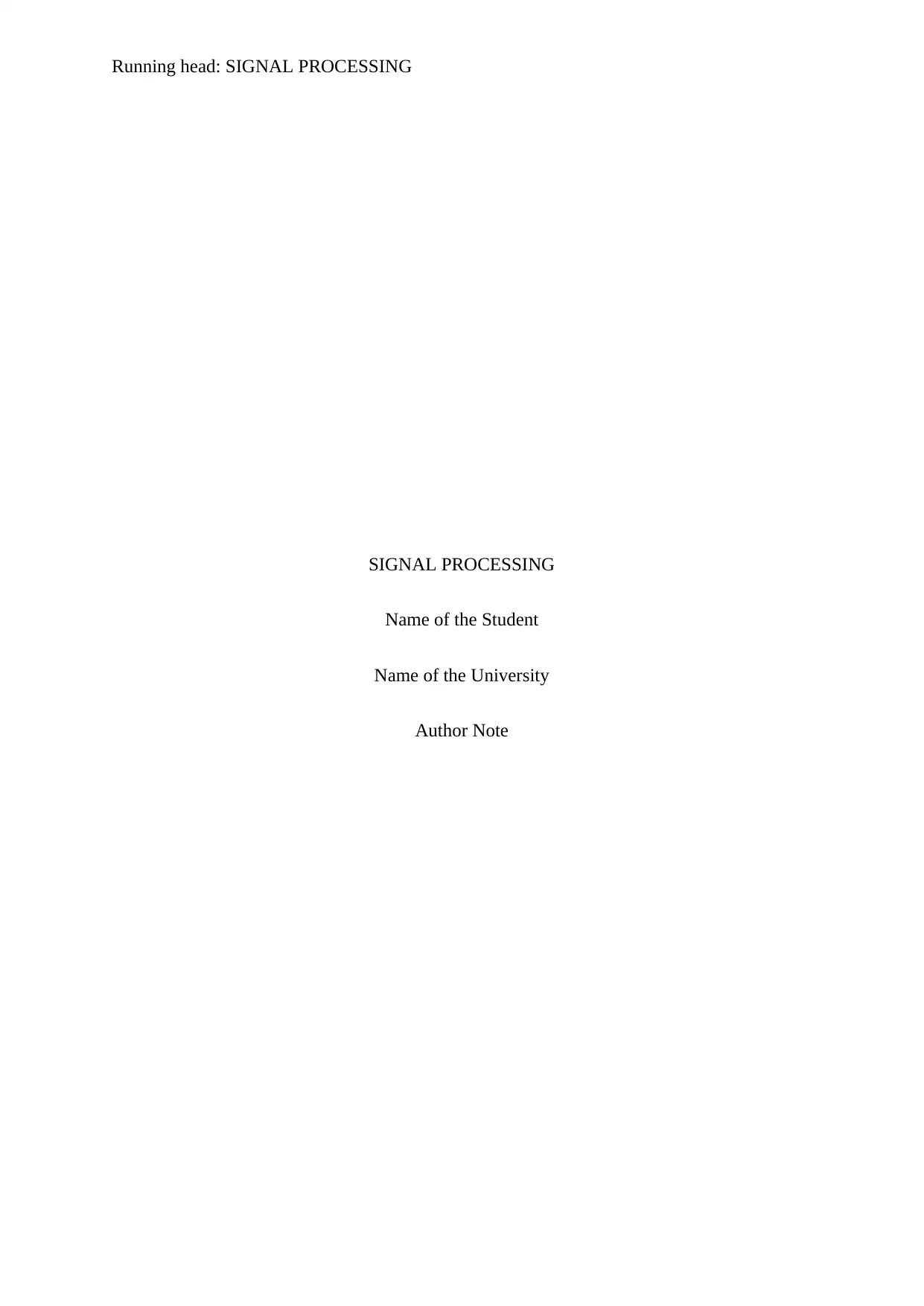
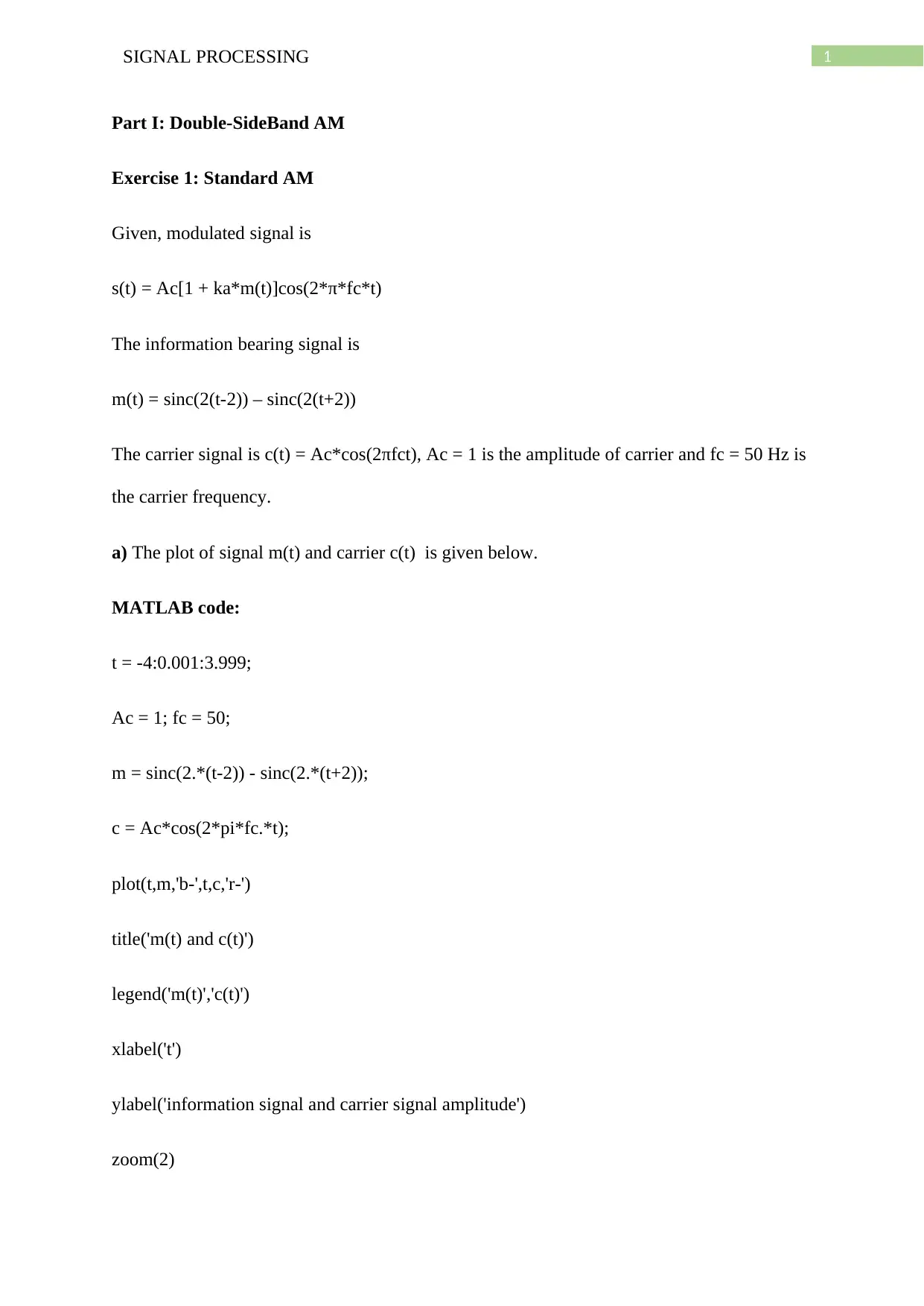
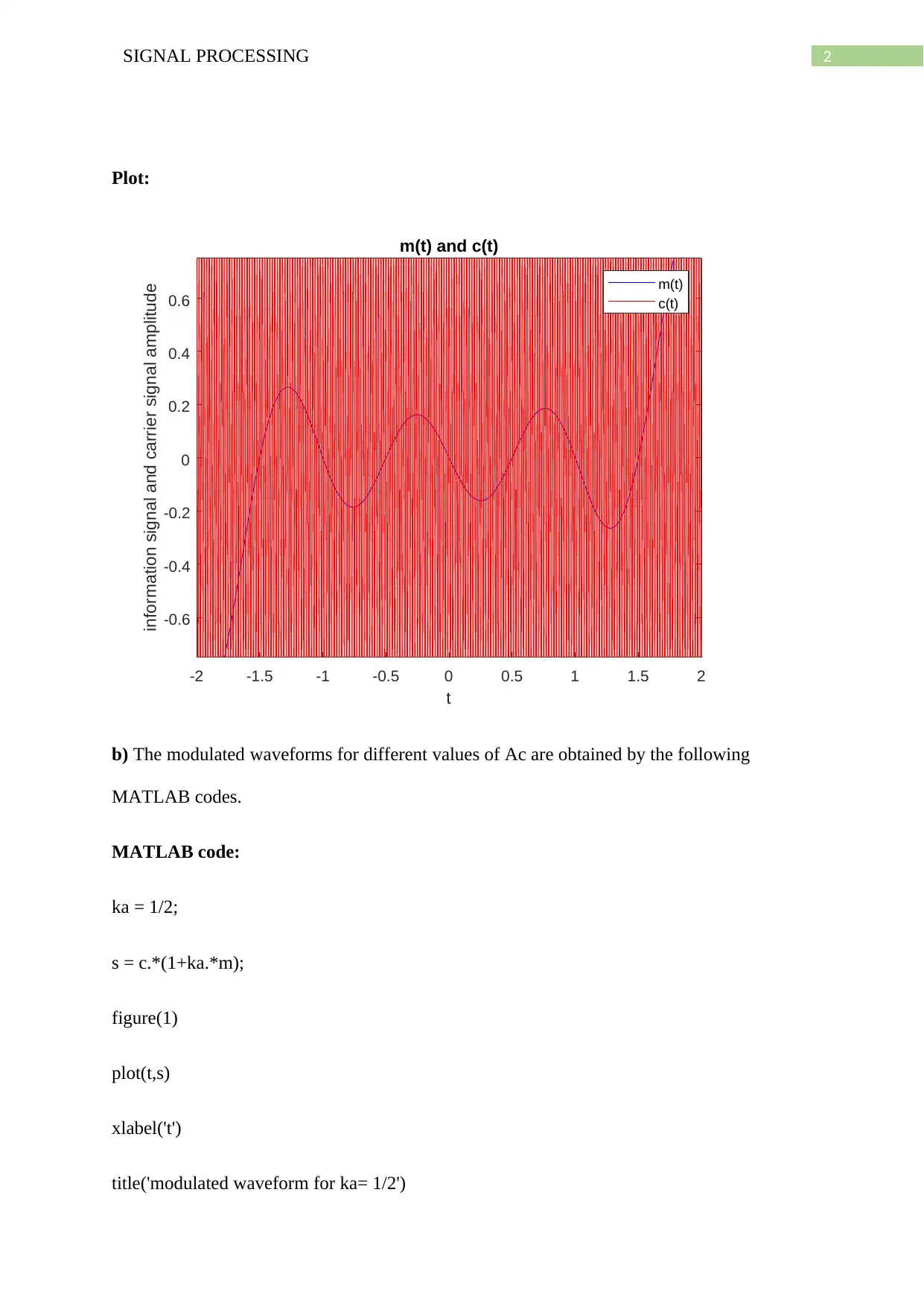

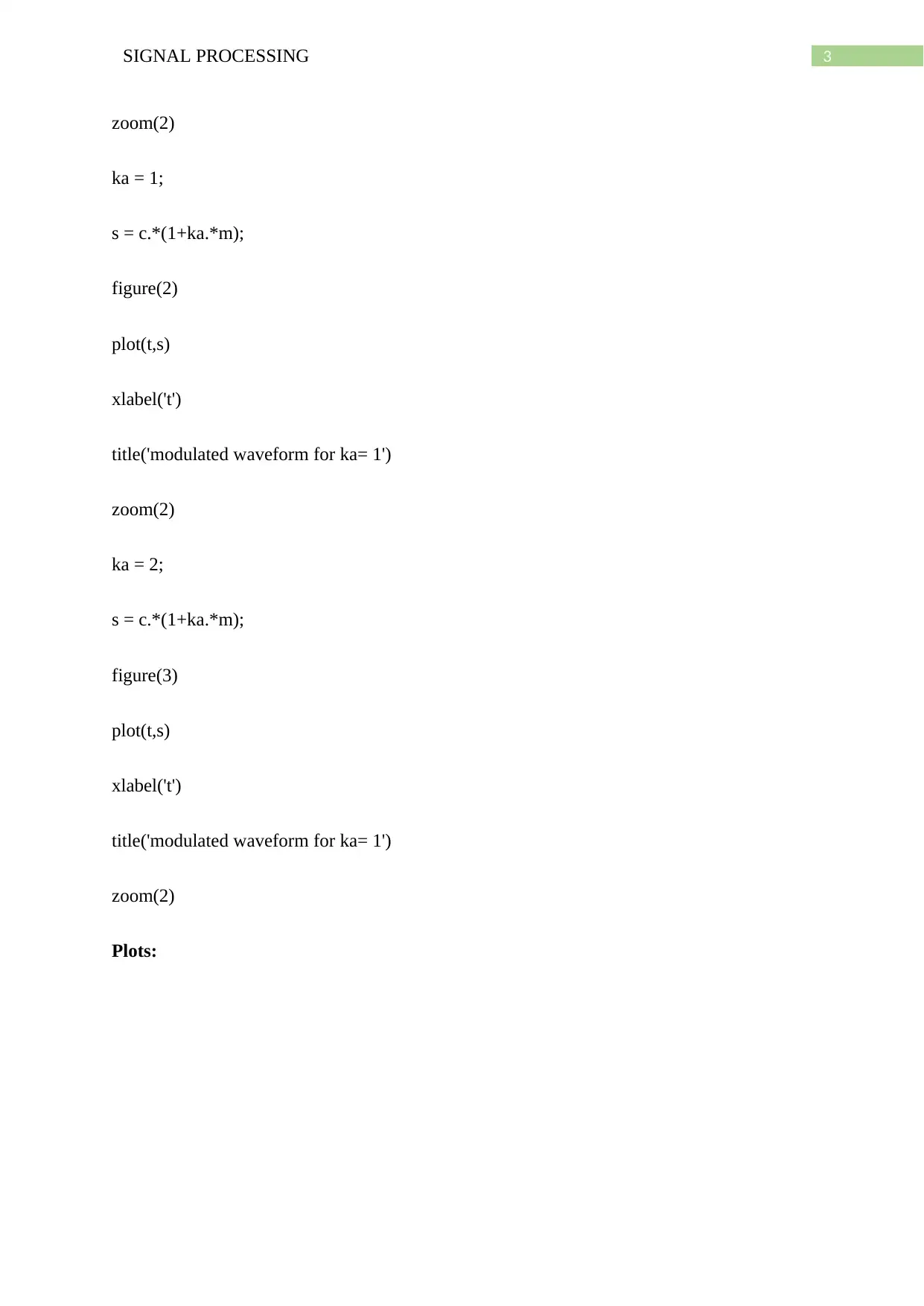
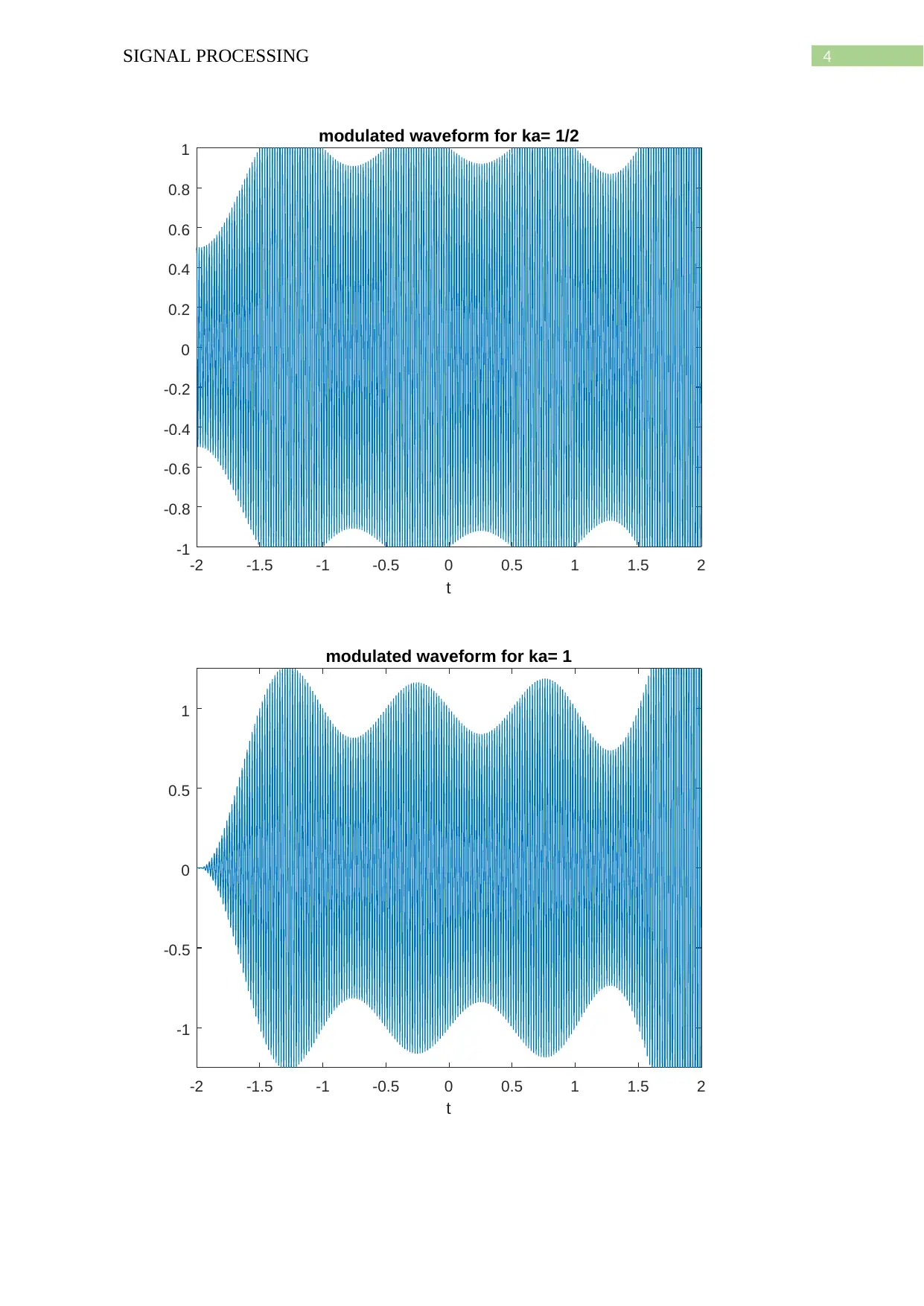
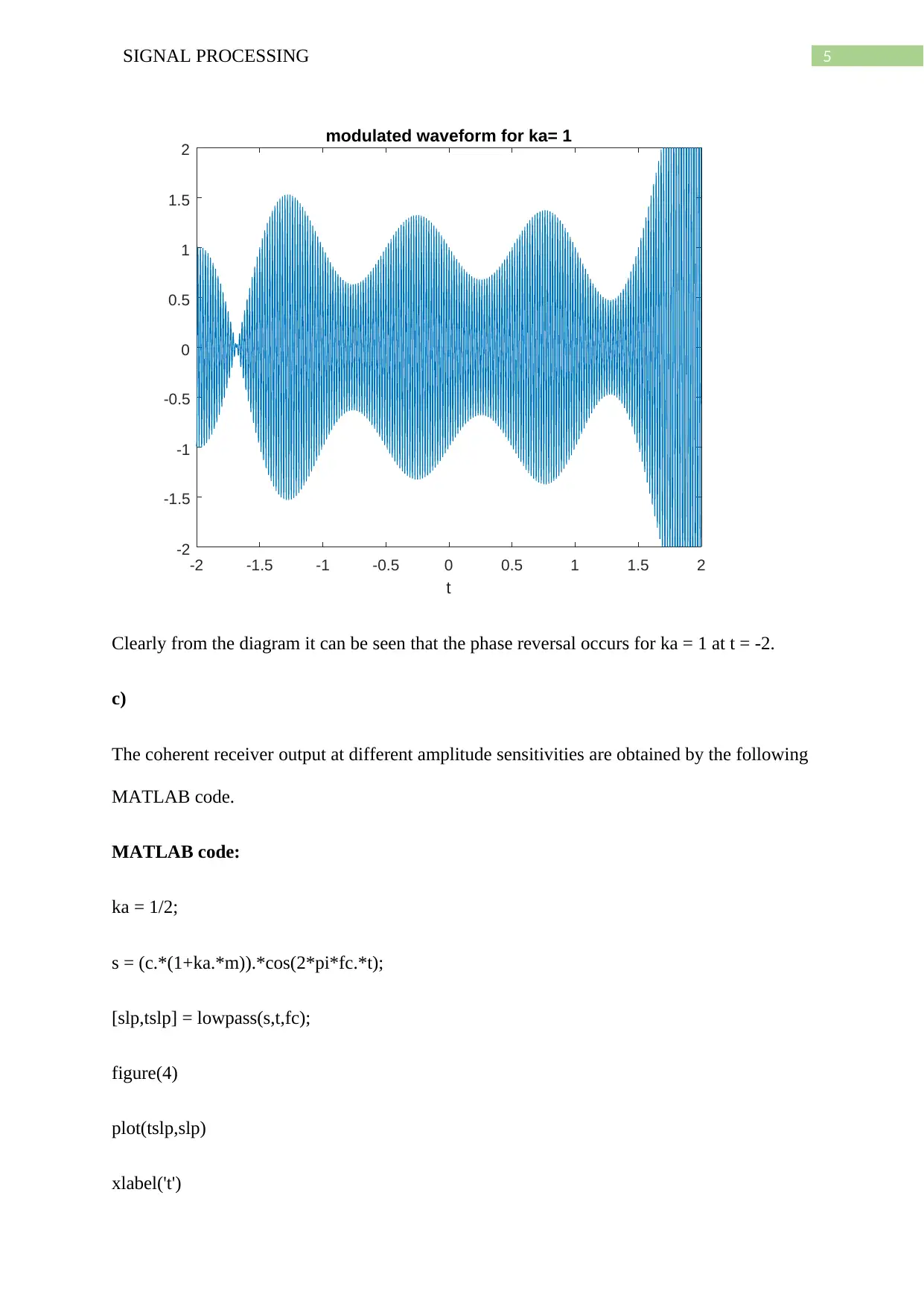
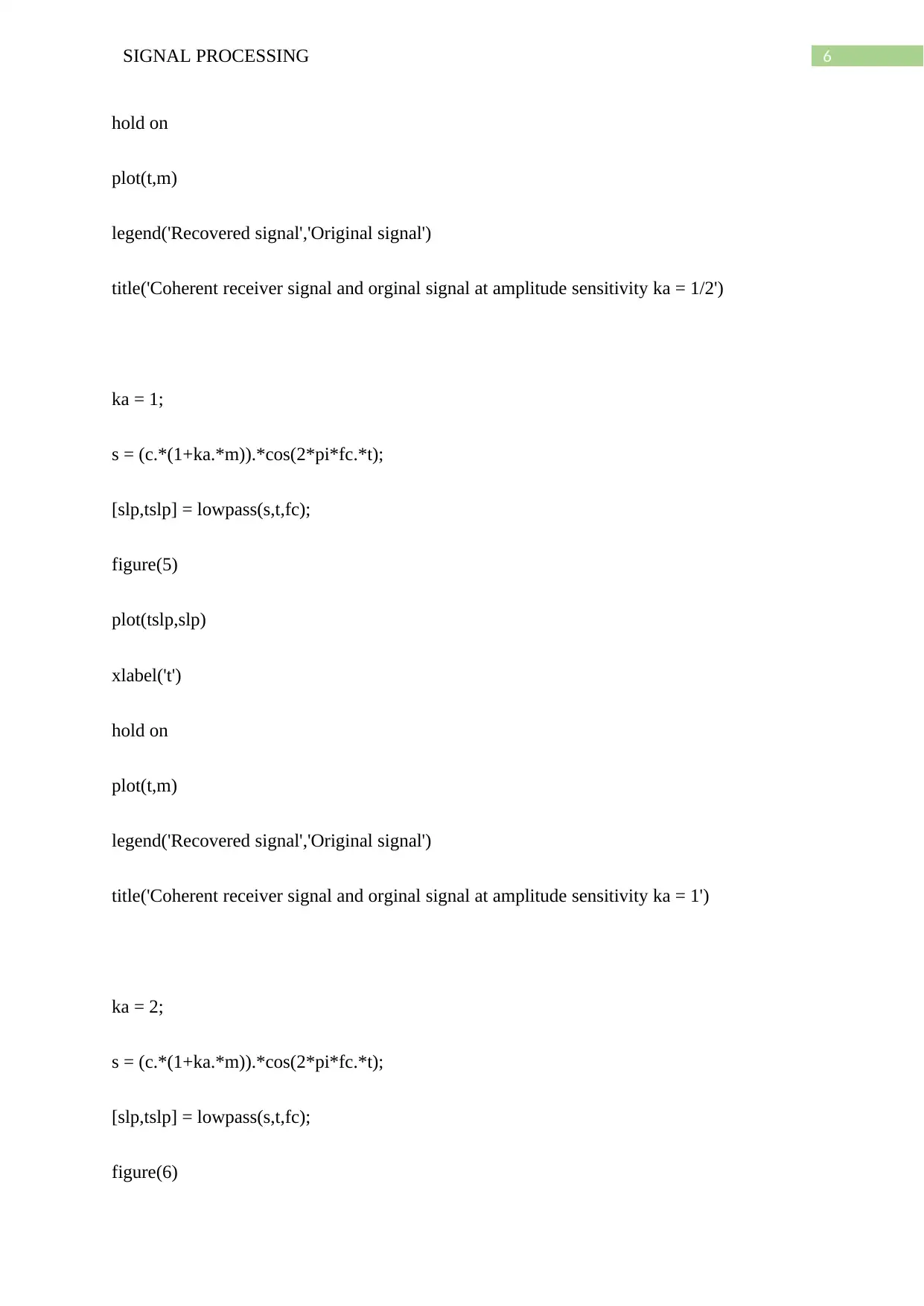
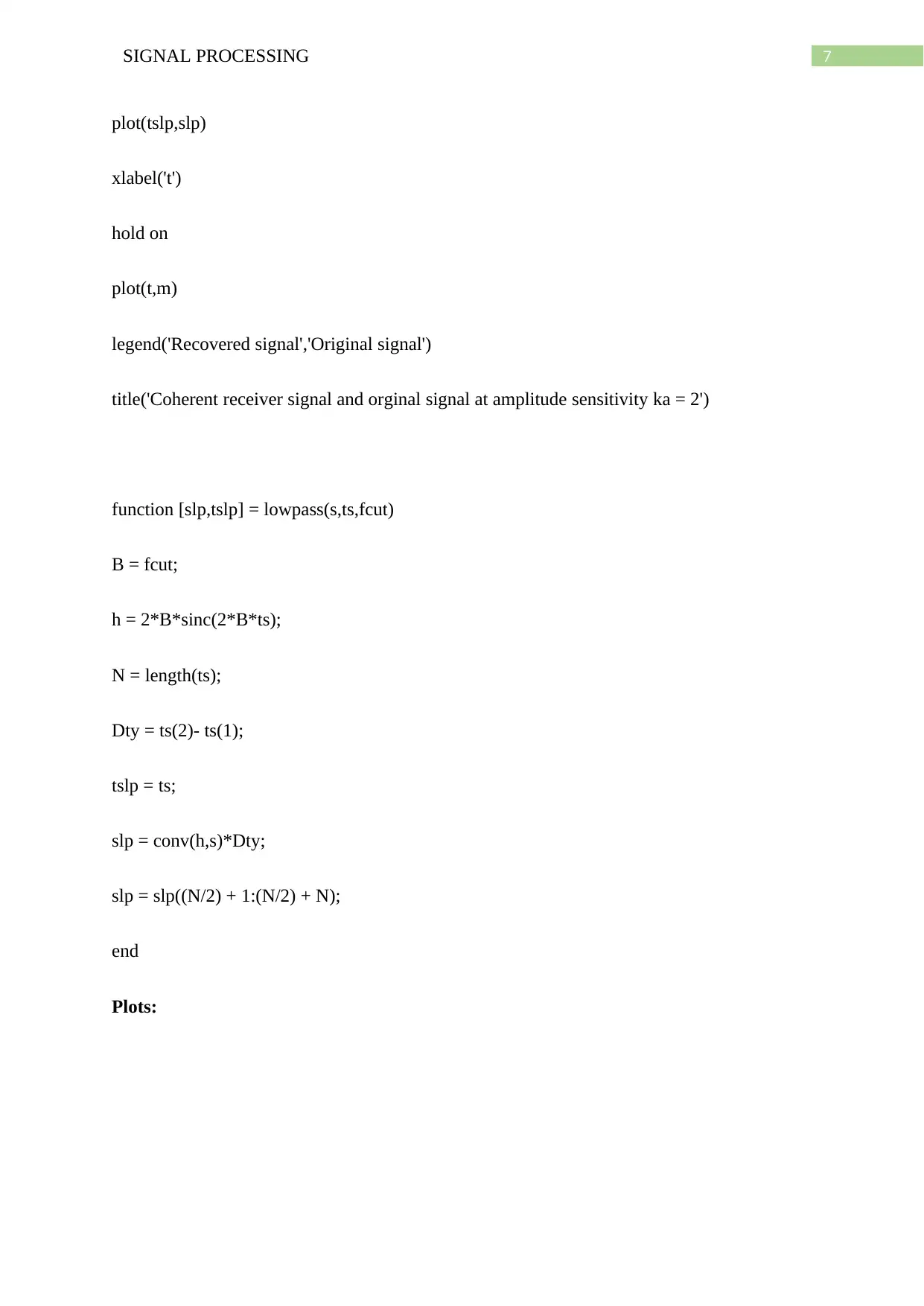
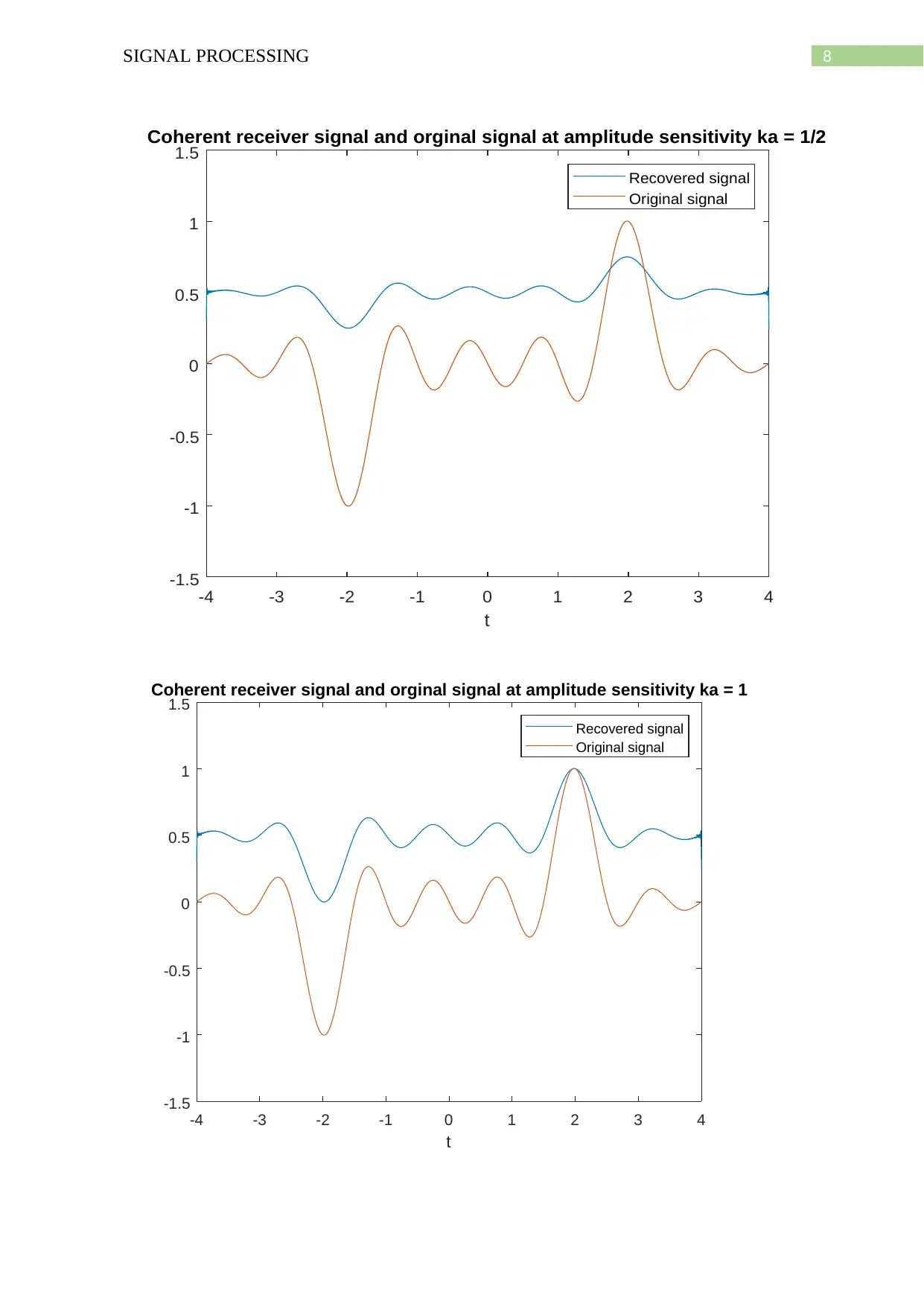
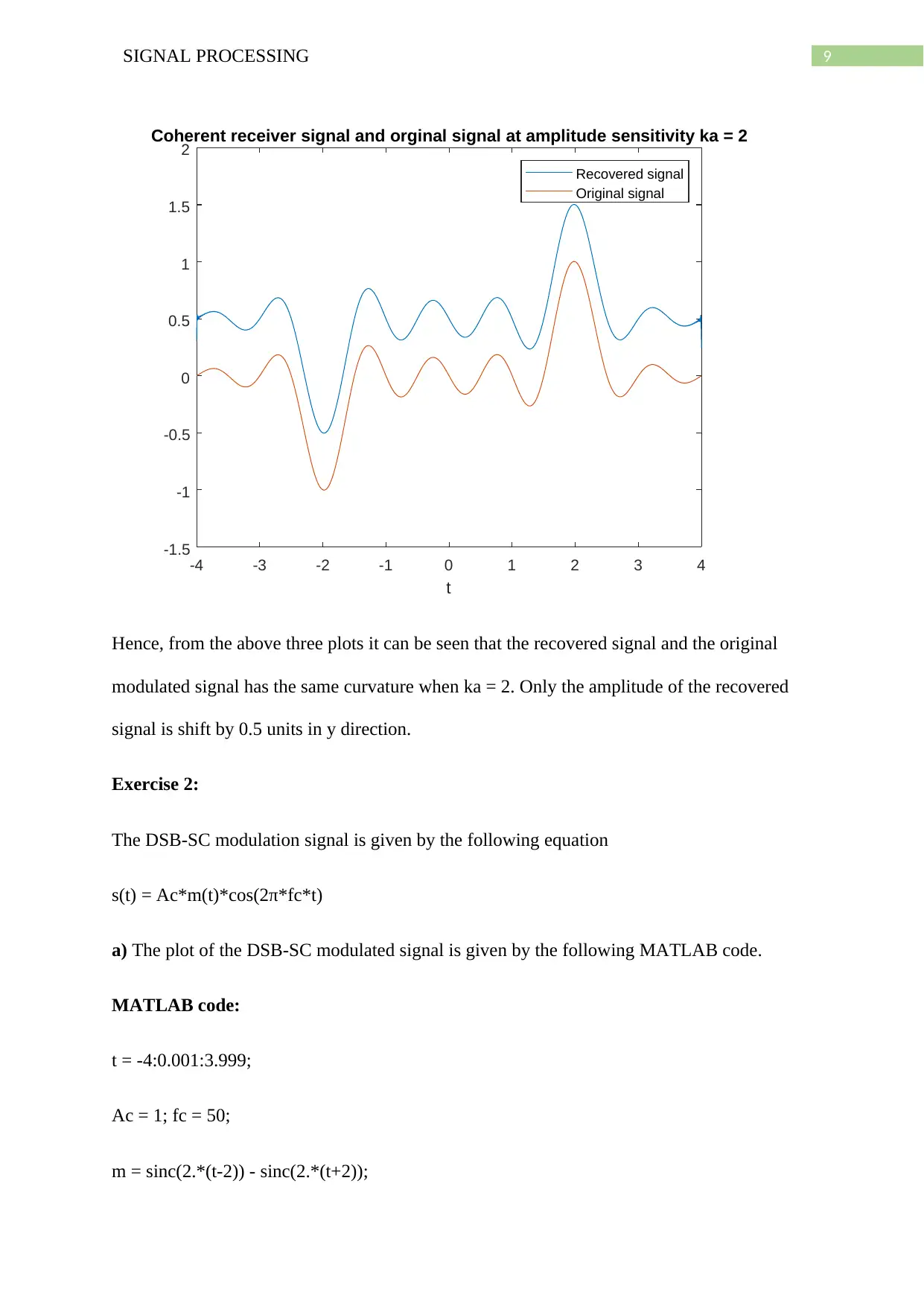
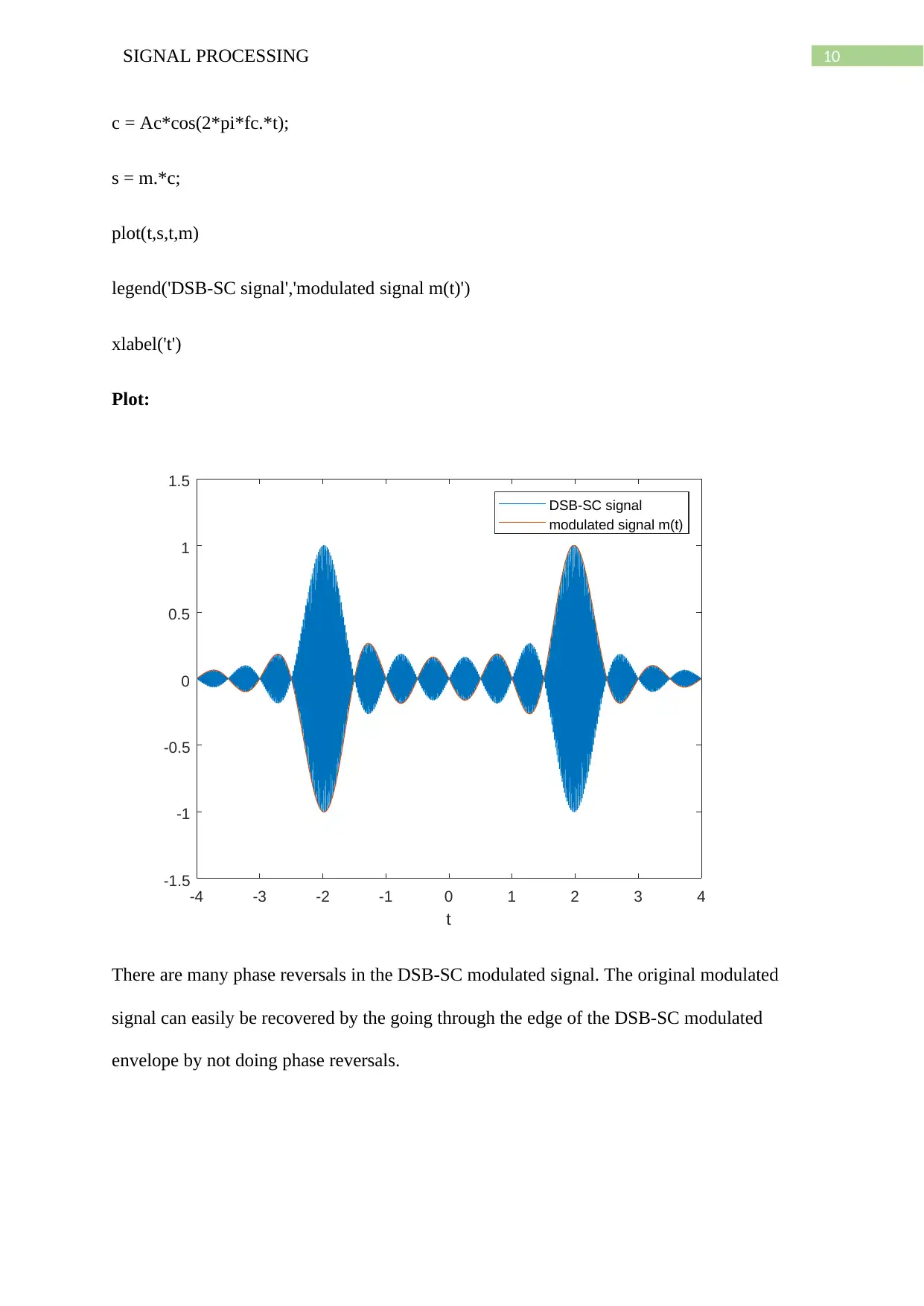
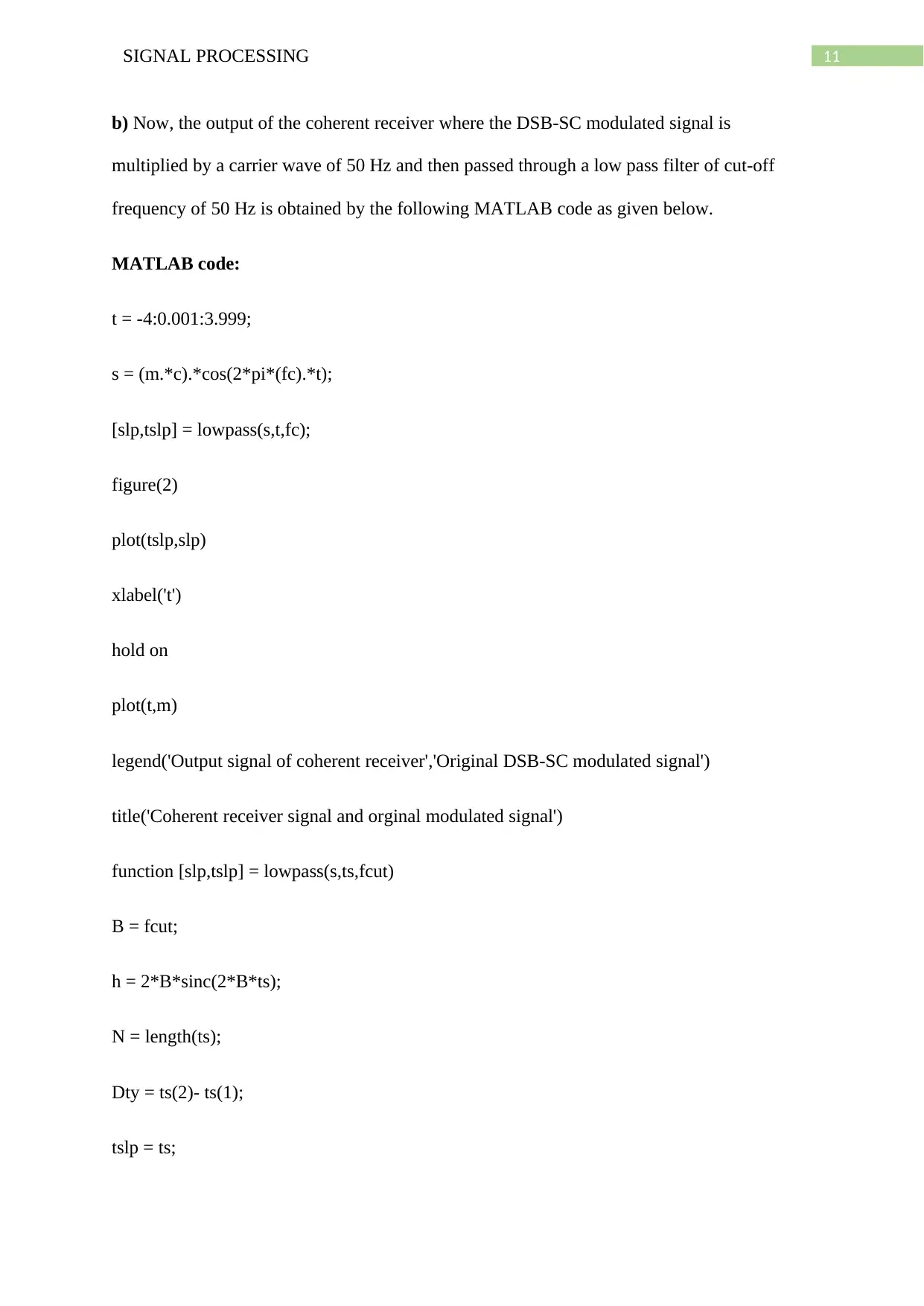





![[object Object]](/_next/static/media/star-bottom.7253800d.svg)